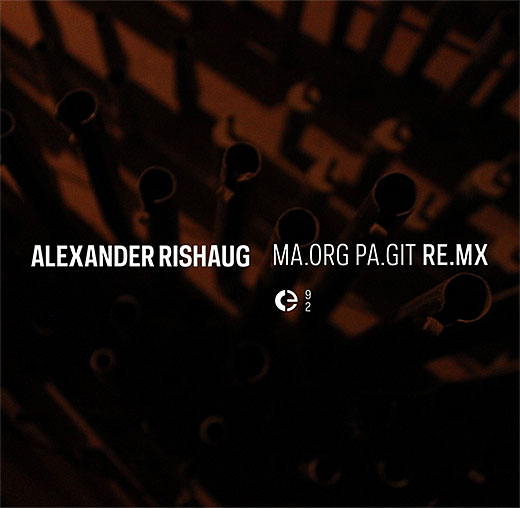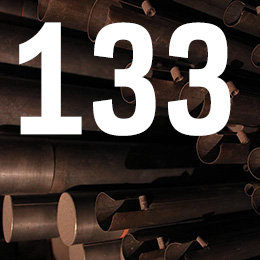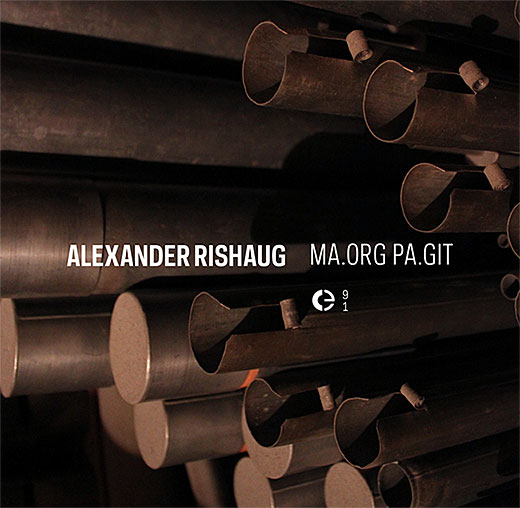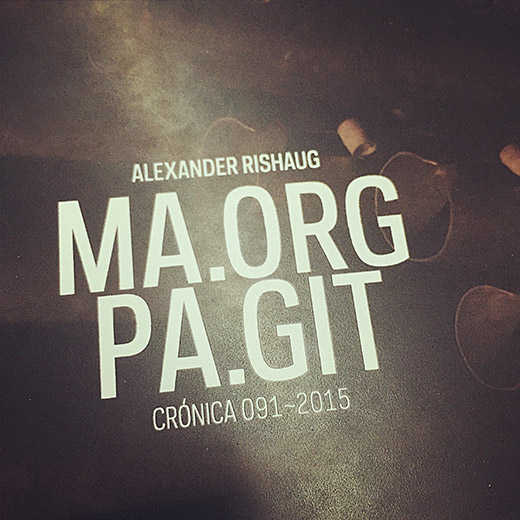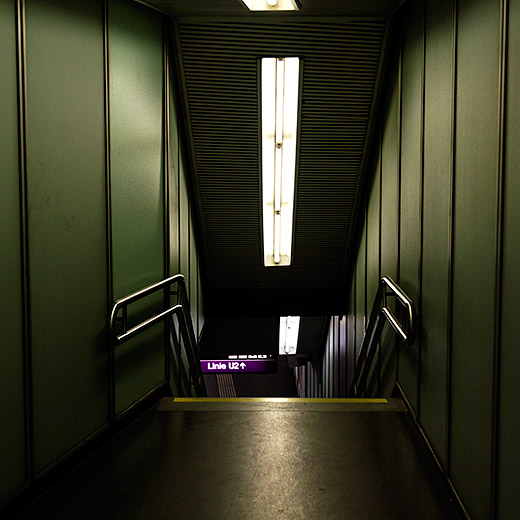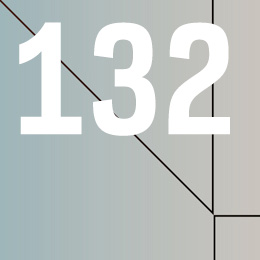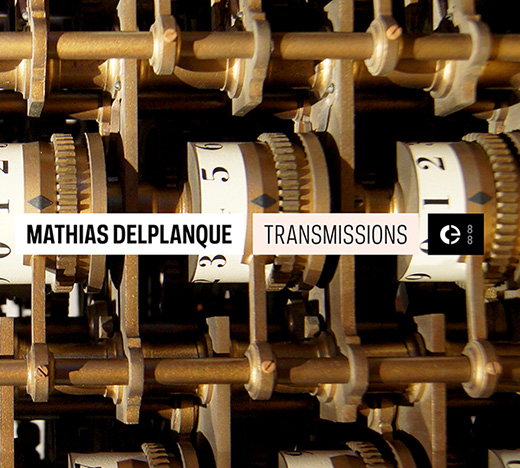
Retour au quotidien, ou presque, de la noise en music en compagnie d’un habitué des lieux, le toujours habile Mathias Delplanque. Alors que ses Chutes de 2013 ne nous avaient que moyennement convaincus, pour ne pas dire autre chose, le cru 2014 du producteur français est d’un tout autre acabit. Tout en jouant avec les codes et astuces du bruit et du concret, ses Transmissions varient à la fois les formes et le fond.
D’entrée, on ressent un tic tac malsain du fond des mers à la recherche d’une épave grouillante de menace, c’est d’autant plus réussi que la matière sonore est riche. Si on enchaine sur de brefs instants assourdis d’où s’échappent des échos inquiétants de boîte de Pandore, l’ombre incandescente de la bête humaine vient se greffer sur nos angoisses pre-mortem, avant qu’un immense morceau de bravoure – 39 minutes, svp – n’achève de transformer l’exercice en subjuguante odyssée vers le centre de l’univers, peuplé de bruits surgis de cavités où l’on ne nous veut pas que du bien.
Fabrice Vanoverberg

